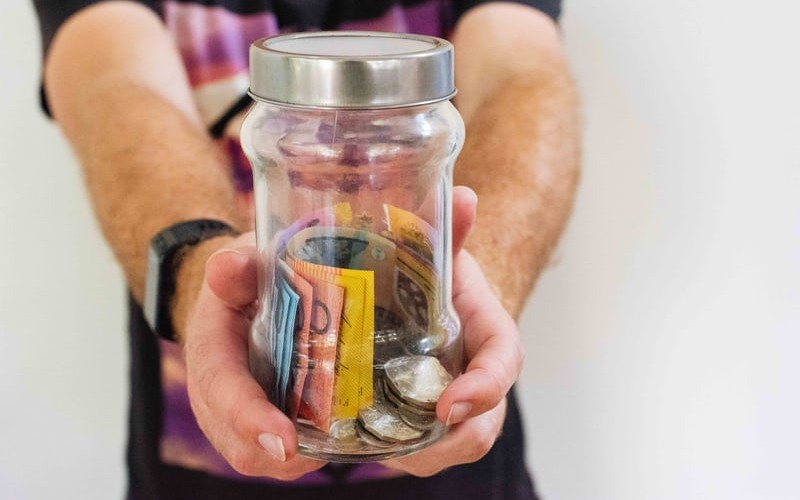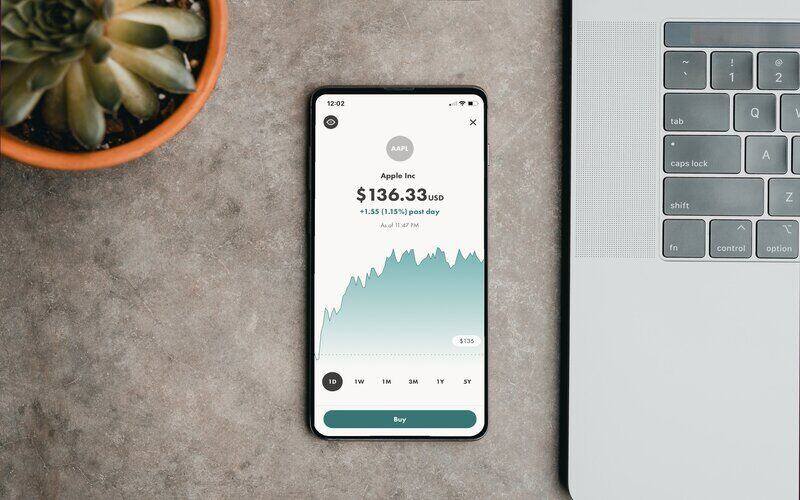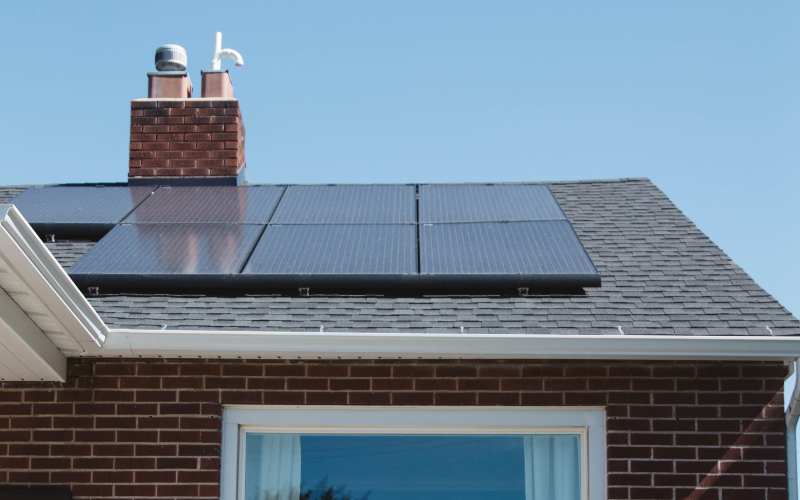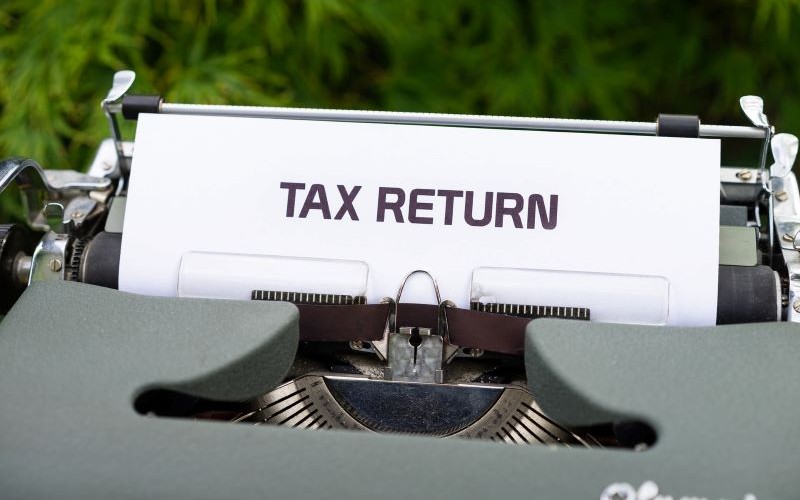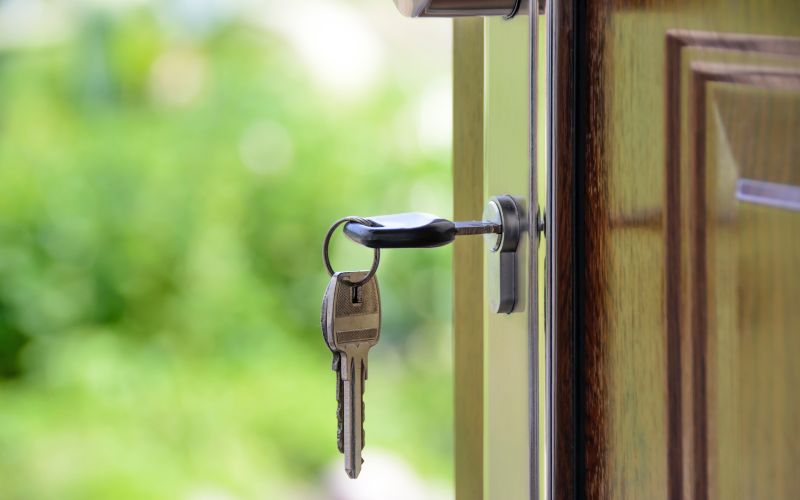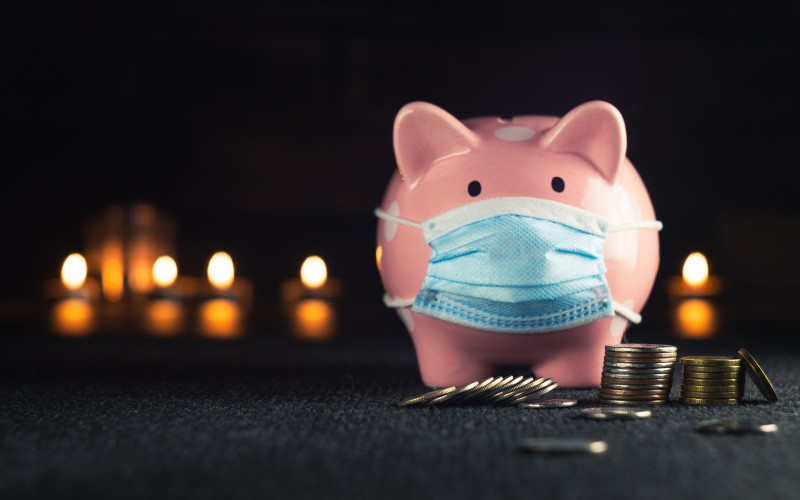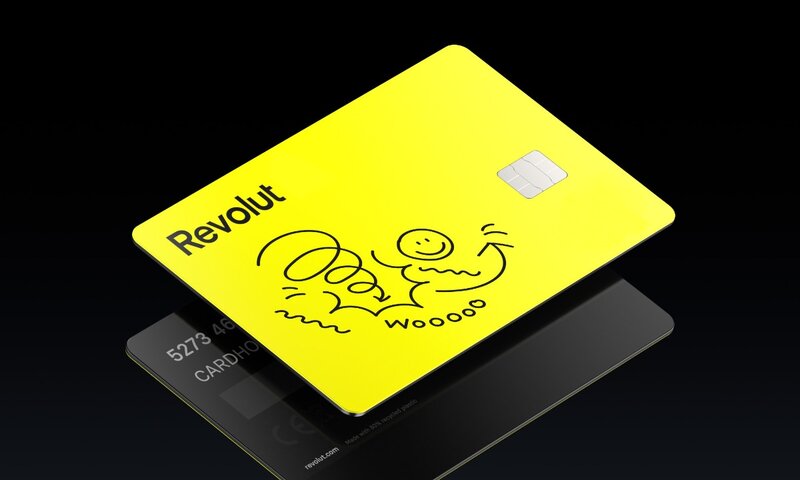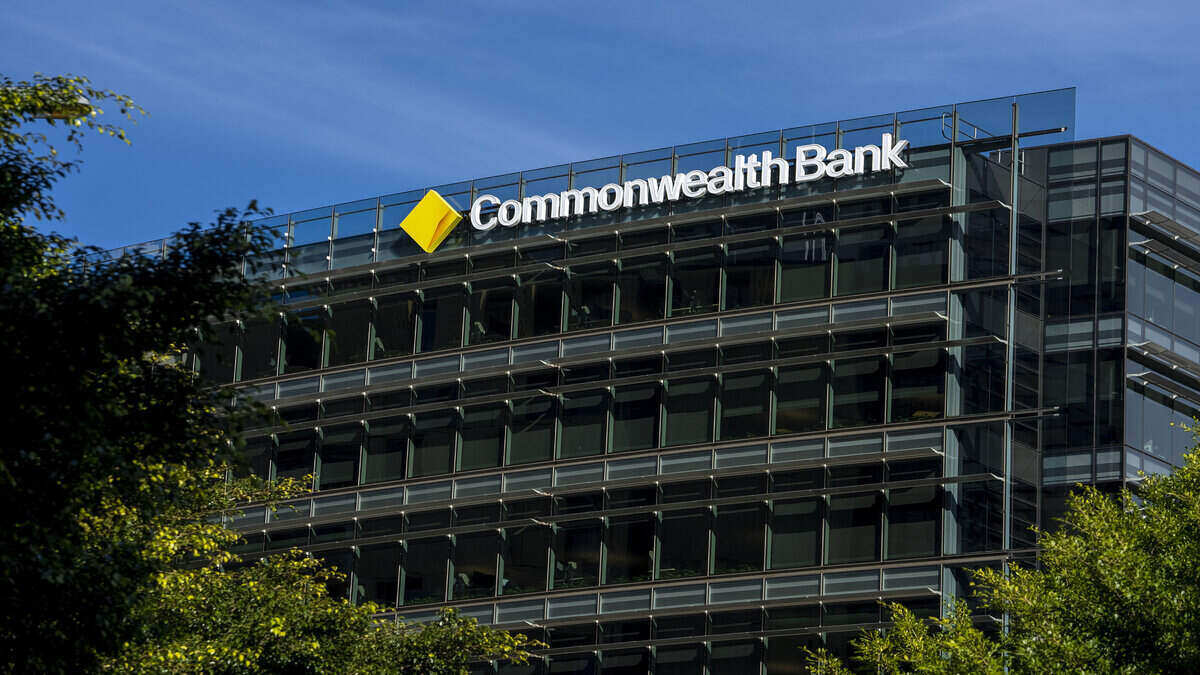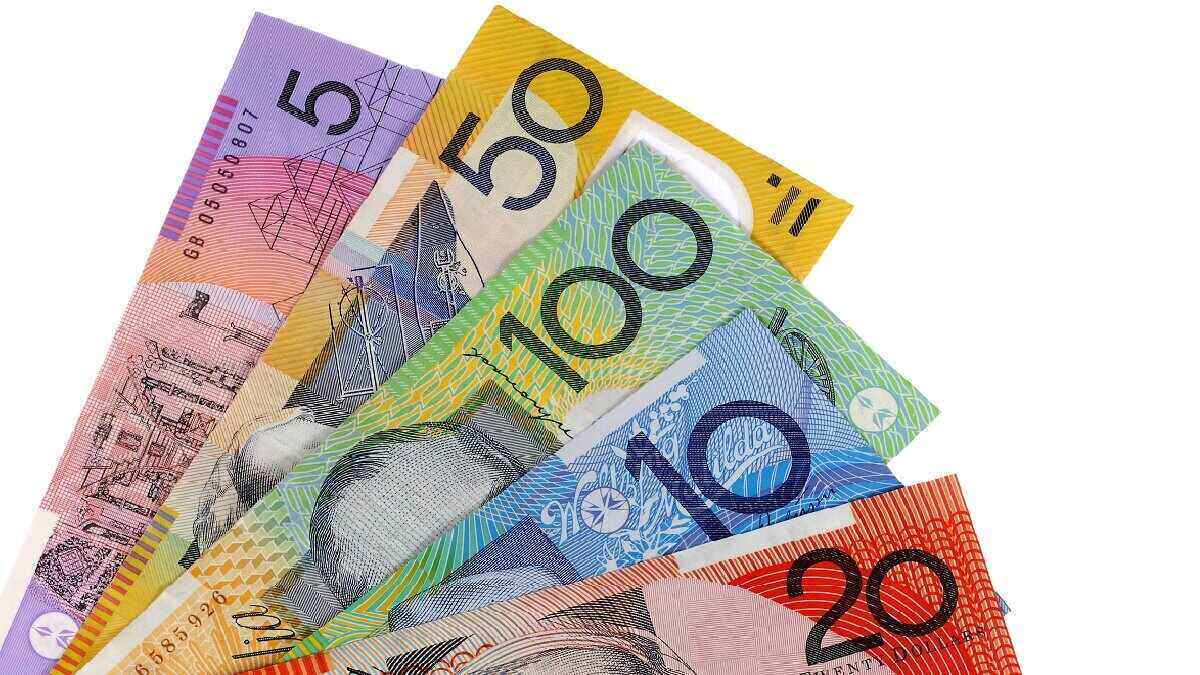Fact Checked
| Lender | Car Loan | Interest Rate | Comparison Rate* | Monthly Repayment | Interest Type | Secured Type | Early Exit Fee | Ongoing Fee | Upfront Fee | Total Repayment | Early Repayment | Instant Approval | Online Application | Tags | Row Tags | Features | Link | Compare | Promoted Product | Disclosure |
|---|---|---|---|---|---|---|---|---|---|---|---|---|---|---|---|---|---|---|---|---|
6.57% p.a. | 7.19% p.a. | $392 | Fixed | Unsecured | $150 | $0 | $250 | $23,519 |
| Promoted | Disclosure | |||||||||
16.95% p.a. | 32.99% p.a. | $497 | Fixed | Secured | – | $26 | $125 | $29,791 |
| Promoted | Disclosure | |||||||||
6.49% p.a. | 7.62% p.a. | $391 | Variable | Secured | – | $8 | $400 | $23,474 |
| Disclosure | ||||||||||
5.76% p.a. | 6.55% p.a. | $384 | Fixed | Unsecured | $0 | $0 | $275 | $23,066 | ||||||||||||
6.49% p.a. | 6.84% p.a. | $391 | Fixed | Secured | $0 | $0 | $250 | $23,474 | ||||||||||||
6.43% p.a. | 6.86% p.a. | $391 | Fixed | Secured | $0 | $0 | $0 | $23,440 | ||||||||||||
6.74% p.a. | 7.57% p.a. | $394 | Fixed | Unsecured | $0 | $0 | $595 | $23,615 | ||||||||||||
6.84% p.a. | 7.19% p.a. | $395 | Fixed | Secured | $0 | $0 | $250 | $23,671 | ||||||||||||
6.99% p.a. | 7.27% p.a. | $396 | Fixed | Secured | $0 | $0 | $200 | $23,756 | ||||||||||||
7.49% p.a. | 8.54% p.a. | $401 | Fixed | Unsecured | $100 | $10 | $195 | $24,040 | ||||||||||||
7.69% p.a. | 7.69% p.a. | $403 | Fixed | Secured | $0 | $0 | $0 | $24,154 | ||||||||||||
7.99% p.a. | 8.99% p.a. | $405 | Fixed | Secured | $0 | $9 | $265 | $24,326 | ||||||||||||
7.75% p.a. | 9.15% p.a. | $403 | Fixed | Unsecured | $0 | $15 | $0 | $24,188 | ||||||||||||
7.79% p.a. | 8.92% p.a. | $404 | Fixed | Secured | – | $8 | $400 | $24,211 | Disclosure |
Frequently Asked Questions
A fixed rate personal loan is a loan with the option to lock in or ‘fix’ your interest rate for a set period of time - between one and five years. Where a variable rate personal loan differs, is by allowing the interest rate to move or ‘vary’ with changes to the market - generally between one and seven years. This means your interest rate can rise or fall over the term of your loan with a variable rate.
An unsecured personal loan is a loan that has no security attached. Without security, the lender will review your finances, income and expenses to determine whether you meet lending criteria. Interest rates on unsecured personal loans are typically higher than secured loans as they present a greater risk due to having no security.
The maximum duration for a personal loan in Australia will vary depending on the terms of the loan. If the loan is subject to a fixed interest rate, the duration can reach up to five years. On the other hand, if the loan is subject to a variable interest rate, the duration can reach up to seven years. The longer the duration of the loan, the more interest will be paid over time.
Personal loans may be better suited to your current financial position than a credit card, particularly if you’re making a significant purchase. These typically include one-off or big-ticket items such as a new car, wedding, holiday or even consolidating debts. For many larger purchases, limits applied by the financial institution may prevent you from using a credit card and even if you can, the risk of an interest expense blow-out could potentially be high.
No, a personal loan is not considered a credit card. One main difference between personal loans and credit cards is how you receive the borrowed funds. A credit card is a revolving form of credit where you’re approved to borrow up to a set amount (the credit limit) for an unlimited time and you’re only charged interest on the portion of this you used and didn’t repay by the end of the statement cycle. Conversely, a personal loan is a one-off, lump sum debt of an agreed amount which has to be repaid by a set date.
There are a number of factors you should look at and compare when choosing a personal loan. A few of these include:
-
Interest rate
-
Comparison rate (interest rate plus fees and charges)
-
Type of interest rate (fixed or variable)
-
Whether the loan is secured or unsecured
-
Early repayment option
-
Loan term (how long you’ll have the loan)
-
Repayment frequency (weekly, fortnightly or monthly)
-
Lenders' eligibility criteria
Using a comparison site like Savings.com.au is an easy way to compare personal loan rates. Here you can compare personal loans by interest rate, fees, features and more. When comparing by interest rate, be sure to also consider the comparison rate, because this rate takes fees into account (e.g. a personal loan with a comparison rate that’s much higher than its advertised rate is likely to have high fees). Important features to consider when comparing include whether the personal loan is secured or unsecured, offers fee-free early exits, or offers instant approval. If you find a personal loan that you think might suit you, but you want to have a bit more information, you can go to the lender's website.
In 2022, most personal loan interest rates tend to range between 6% and 12%, but can be 20% or higher for those with below average credit scores. With this in mind, a 3% p.a. interest rate can be considered an incredibly good rate for a personal loan, but finding a lender that’s willing to offer a rate that low may be difficult. However, you should look at other factors such as the comparison rate, type of interest rate (fixed or variable) and loan term to determine how much you will end up paying in interest and other fees.
You may find it more difficult to secure a personal loan if you just started a new job, but that doesn’t mean it’s impossible. But generally speaking, you’d want to be in your job for at least six to 12 months before applying for a loan as this shows the lender that you have a consistent, reliable source of income.
Generally, unemployed people won’t be able to get a personal loan. This is because you need to meet certain income requirements that prove you are able to afford your repayments. If you are unable to do so, you won’t be able to secure a personal loan. If you’re unemployed but have another source of steady income, you might still be able to secure a personal loan.
Eligibility criteria for a personal loan will likely vary between lenders. But typically, you can expect to need to meet these bare minimum requirements:
-
Be at least 18 years old
-
Be an Australian citizen or permanent resident
-
Have a consistent form of income
You may need to meet other requirements, such as having a good credit score, but this will depend on the lender you are applying through.
Personal loan interest rates may vary depending on your credit score.
Many lenders use risk-based pricing when offering personal loans.
This essentially means the perceived trustworthiness of the borrower could influence what interest rate the lender ultimately charges on the loan.
Lenders will typically look at the borrower's credit score to adjudge their trustworthiness, with the lowest interest rates usually reserved for those with excellent credit scores.
Other factors can also affect the interest rate, such as the loan amount, loan duration or whether the loan is secured, unsecured, fixed-rate or variable-rate.


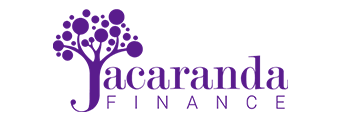



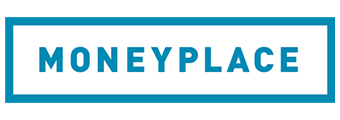

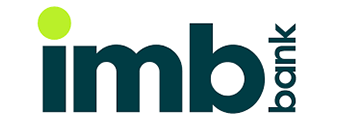
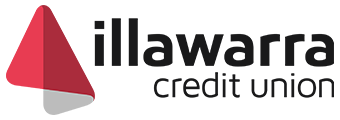
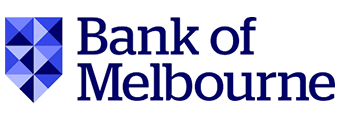
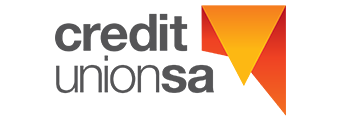
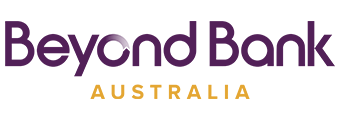
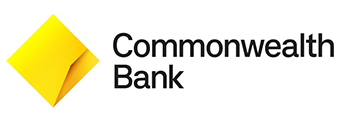

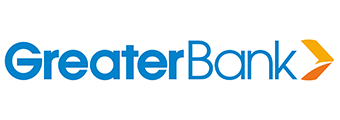

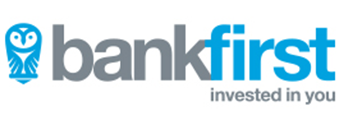
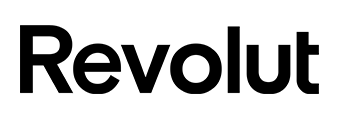




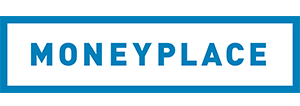




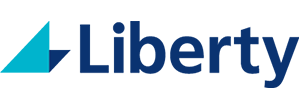

 Denise Raward
Denise Raward
